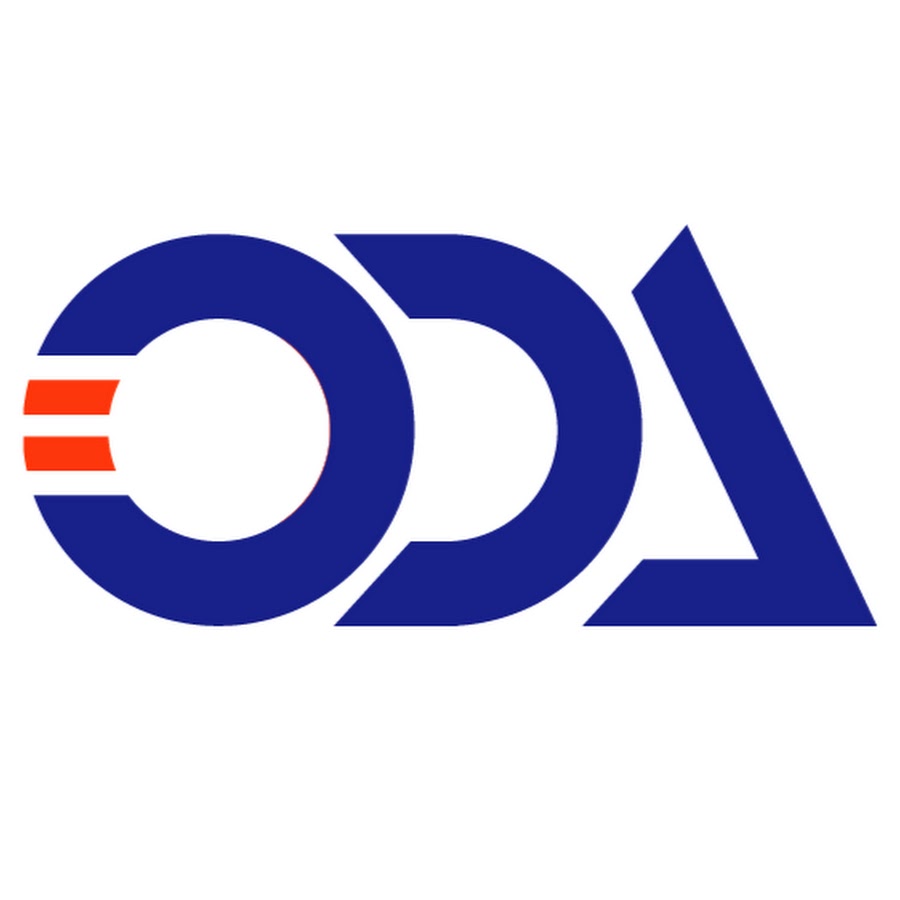 The Open Design Alliance’s season of press releases is here and the quantity of information is greater than ever as the organization follows up on the several new directions they have taken to support interoperability and communication in the CAD industry.
The Open Design Alliance’s season of press releases is here and the quantity of information is greater than ever as the organization follows up on the several new directions they have taken to support interoperability and communication in the CAD industry.
The organization has moved into new territory with its Visualize, Web SDK, and BIM (Building Information Modeling) APIs. The ODA has expanded its focus on DWG interoperability to add additional formats and capabilities. DWG is the native format of AutoCAD and several competing CAD design tools, but Autodesk Revit has also become a major focus for the ODA due to the explosive growth of BIM in recent years. BIM is all about multiple formats and disciplines coming together on projects, sometimes enormous projects.
ODA supports DWG, DGN, Revit files, IFC, and more.
Visualize SDK 2020
The ODA’s viewer tools enrich the organization’s basic DWG capabilities with support for multiple formats. This year, the ODA has updated Visualize with realtime cutting planes, which make it easier to analyze models. The API has also gotten support for B-Rep data. Both of these features are used for manufacturing apps as well as in AEC. The addition of IFC, used mostly in process and power applications, and U3D for 3D PDFs enlarge the field of applications supported by Visualize.
Sergey Vishnevetsky, ODA Developmental Director, says his group has also focused on performance. He says isolate and hide operations don’t require regeneration, selection performance has been improved, and they’ve added a low-memory option for visualizing large DWG files, which will come in handy for mobile devices.
Visualize 2020 also includes new opacity and bump mapping support, a native viewer app for iOS, and fixes for member-reported issues. The SDK and release notes are available for download at https://www.opendesign.com/.
Web SDK 2020
The Web SDK takes DWG visualization to the cloud. The organization says it provides visualization for 3D engineering data, and also tools for editing, markup, data access, server side processing, etc. All formats supported by ODA are supported with a unified workflow.
ODA president Neil Peterson says they’re seeing demand for a universal web viewer for CAD and especially for BIM. This ODA’s job is to support its membership as they update their own products for the design markets. Cloud-based options are making sense in the distributed workflows that characterize BIM. The ODA’s viewer is stand-alone and can be integrated into any web-based application making it more flexible and less expensive than third party SaaS solutions. The new features in visualize are also supported in Web SDK.
BimNv
Last year, the ODA made a considerable breakthrough with the development of an SDK to work with Autodesk Navisworks. Navisworks brings together files for AEC projects for visualization and interrogation. There are several tools which do this but Autodesk is a leader with more formats supported. Bentley Systems has developed their own Navigator tool, and the Frank Gehry GTeam group has created a tool. That group was acquired by Trimble in 2014. Many companies in the AEC realm have tools which bring together disparate files for specific industries.
The ODA’s product could give the ODA’s development community an option for adding composite file visualization and also to work with Navisworks files, but there is work to be done. With version 2020, Peterson says “we now support materials, advanced textures, light types, and complex backgrounds. In addition, new partial loading support gives faster visualization for large files.” And as in the other visualization tools, clash detection and cutting planes are included. Peterson says, “as a not-for-profit, our licensing model is among the best in the industry.”
BimRV 2020
BimRv was previously called BIM SDK, but as we say, the organization has been expanding with more BIM capabilities. BimRV is a standalone toolkit for interoperability with Autodesk Revit. This version features export of property and geometry data from Revit to JSON and OBJ, which expands the options for clients to access Revit data with other applications.
In addition, Peterson says, “significant progress was made toward our goal of parametric element creation. When completed, parametric element creation will allow clients to fully automate the generation of Revit models from any application.”
Along those lines, Vishnevetsky says version 2020 includes improvements to sectioning support, new parameter support for element sets, and new sweep and revolution elements. In addition, client applications can now add custom properties to elements, a useful feature for many types of applications.”
For more information on any of the ODA’s initiatives, their website has more detail on products and plans. The organization is planning their annual DevCon meeting for September 10, 2019 in Milan, Italy.
What do we think?
The relationship of software companies to various forms of open development groups has been evolving. The shift has been very evident in the content creation markets, and we’ll be talking about that at Siggraph 2019 this year. In the case of entertainment content development, the customers have taken the reins to ensure interoperability of the tools and they’re expanding into feature development as well.
The movement in the design world has taken a similar course. At the most basic level, the need is for files to work together and for people who need access to information without having to buy a license for a product they might not need otherwise. From there, it’s a pretty short hop to developing products that work like high-end tools but are less expensive. It’s been a long road, but companies in the design segments are also now on the path to developing specific functionality to support their products.
BIM, with its dependence on a wide range of formats, has helped drive the ODA forward and has even helped them get out ahead of market demands.






